Exposure to pathogens can play an important role in fish ecology and population health. For example, pathogens are regarded as a major cause of mortality in juvenile salmonids that migrate through the Pacific Northwest of North America and infections have been correlated with salmonid smolt mortality during their migration to the ocean.
Environmental Diseases
The Segarra Lab evaluated potential pathogens infections in Delta Smelt and juvenile Chinook Salmon (Oncorhynchus tshawytscha) deployed at key sites along a major migration corridor. The primary objective is to determine the consequences of pathogenic infection on fish performance and fitness, using a combination of indicators at multiple levels of biological organization. We hypothesize that pathogenic infection would elicit immune responses detectable at the molecular level (gene expression), which would also result in reduced growth and energy reserves and reduced tolerance to thermal and hypoxic stress.
Pathogens in McCloud River
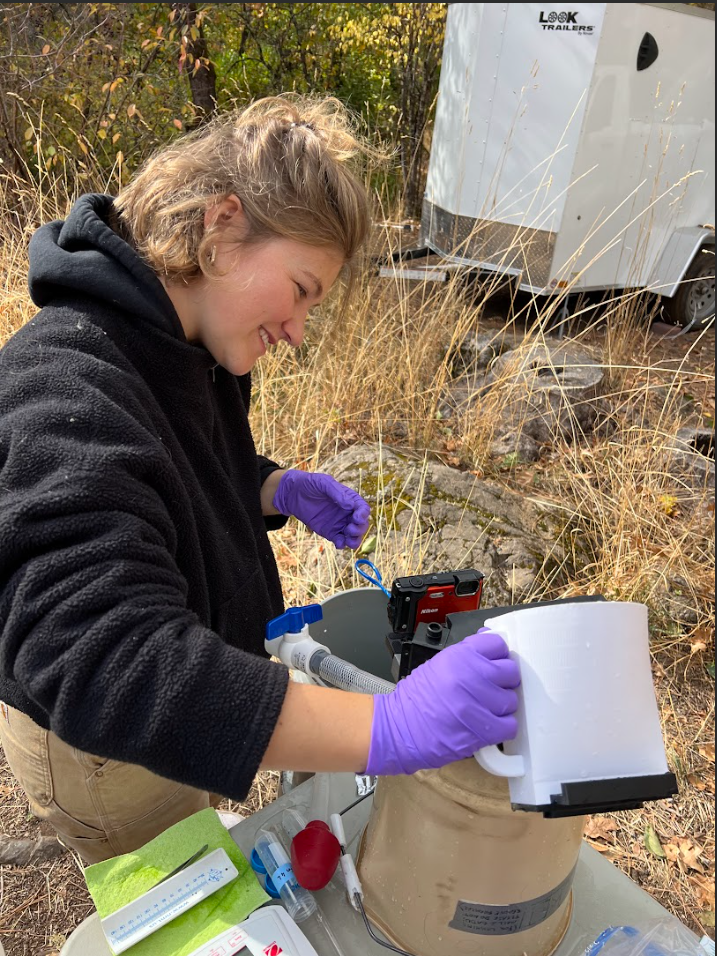
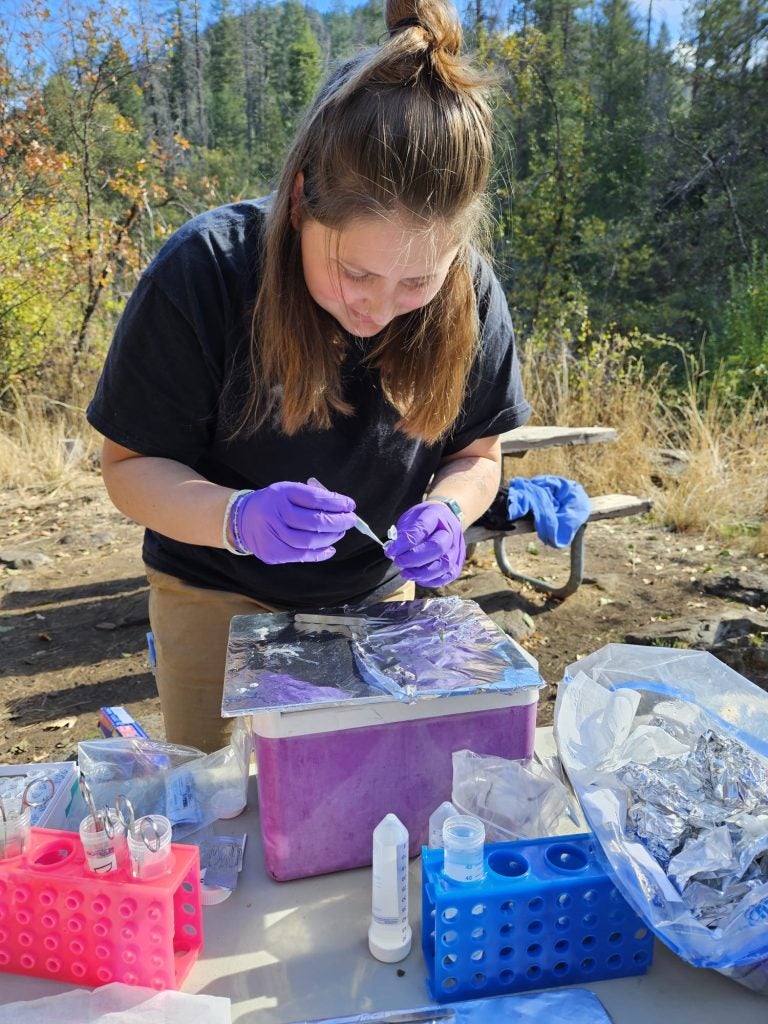
(Above): Emmy and Louise sampling Chinook Salmon used in a behavior trial next to the McCloud River. Behavior study was conducted by Leanne Pearl in the Fangue Lab. The samples will be used to detect potential pathogens in the McCloud River.
Pathogens in Migrating Adult Chinook Salmon
California is at the southernmost range limit for several fish species of concern, including Chinook Salmon. This means that populations are pushed towards their upper thermal limit, leaving them more susceptible to infection. The Segarra Lab is collaborating with Dr. Miles Daniels at NOAA/UC Santa Cruz to build a better understanding of the relationship between infections and the energy used by Chinook Salmon during migration.
First, gill samples are collected from adult Chinook Salmon in the ocean. Then, the gill samples are screened for 47 pathogens of interest using Fluidigm, an automated microfluidic platform that uses qPCR to measure the presence and abundance of our chosen pathogens.
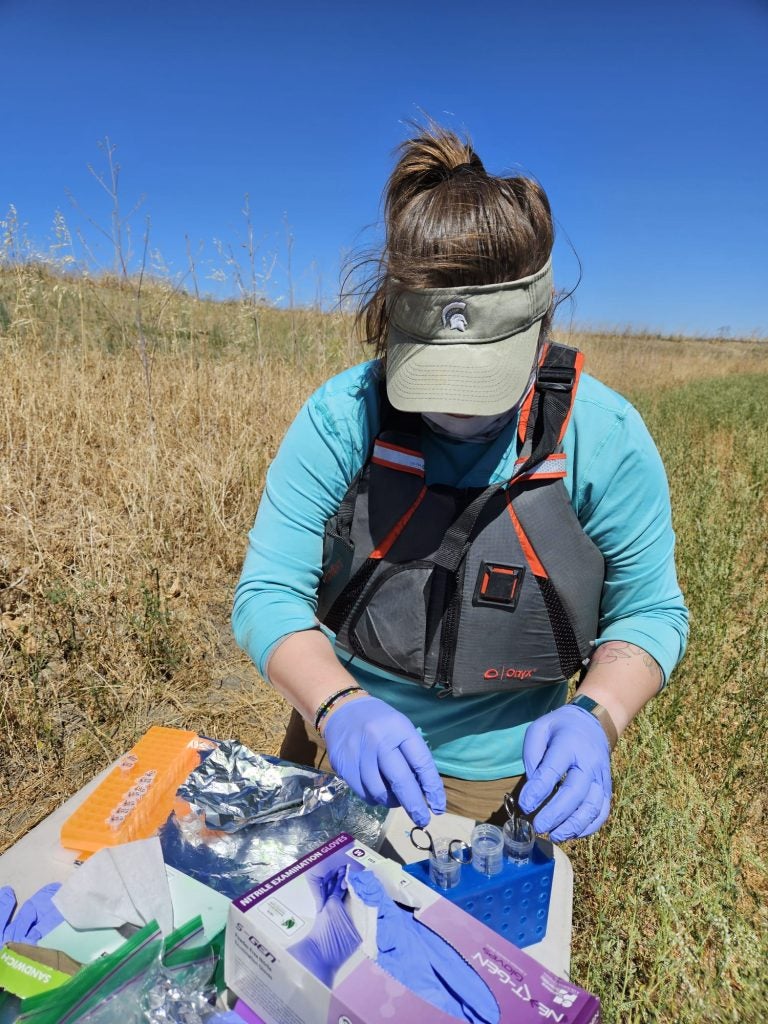
(Above): Emerson Feddor, a Junior Specialist, collects gill samples in the field

(Above Left): Segarra Lab members hard at work! (Above Right): Loaded Fluidigm plate.
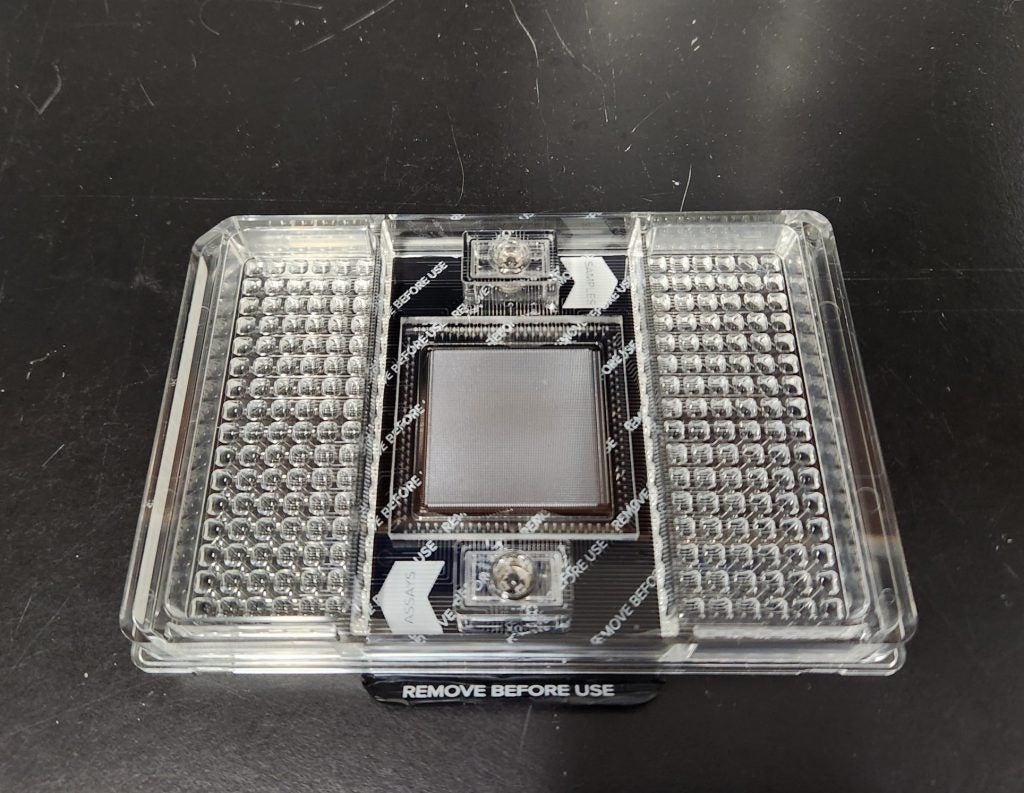
Fish health and Experimental Infection
Dr. Segarra is interested in studying the synergetic effect of pesticide and pathogen infection on fish health. We hypothesis that 1) Pesticide or bacteria may affect mucus gill characteristics and increase fish metabolic rate to support the cost of the detoxification and 2) Pesticide exposure can affect Immune defenses from pathogens. To address these hypothesis we evaluate gill lessions, mucus secretion, microbiota dysbiosis, metabolic rate, growth and mortality.
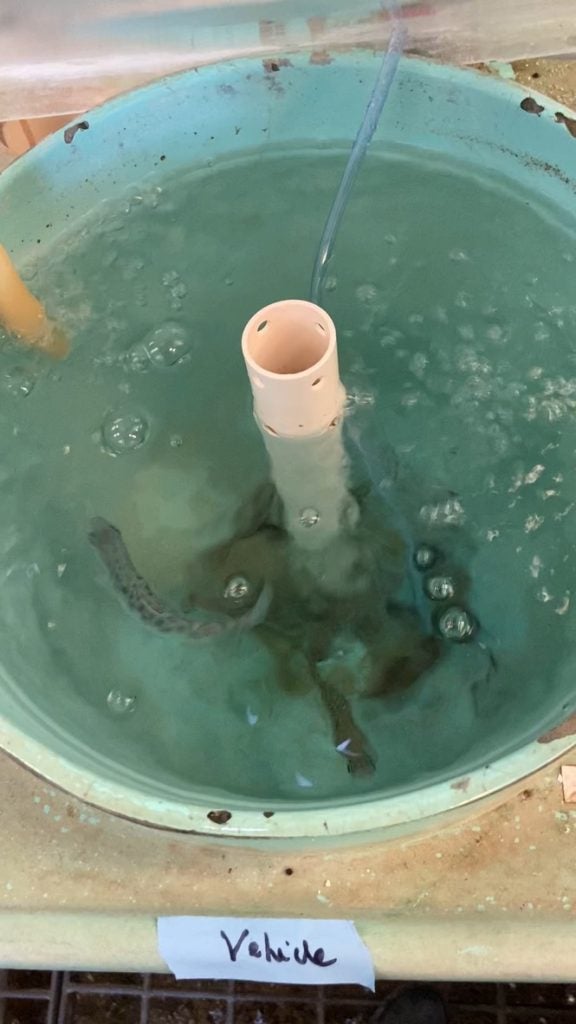
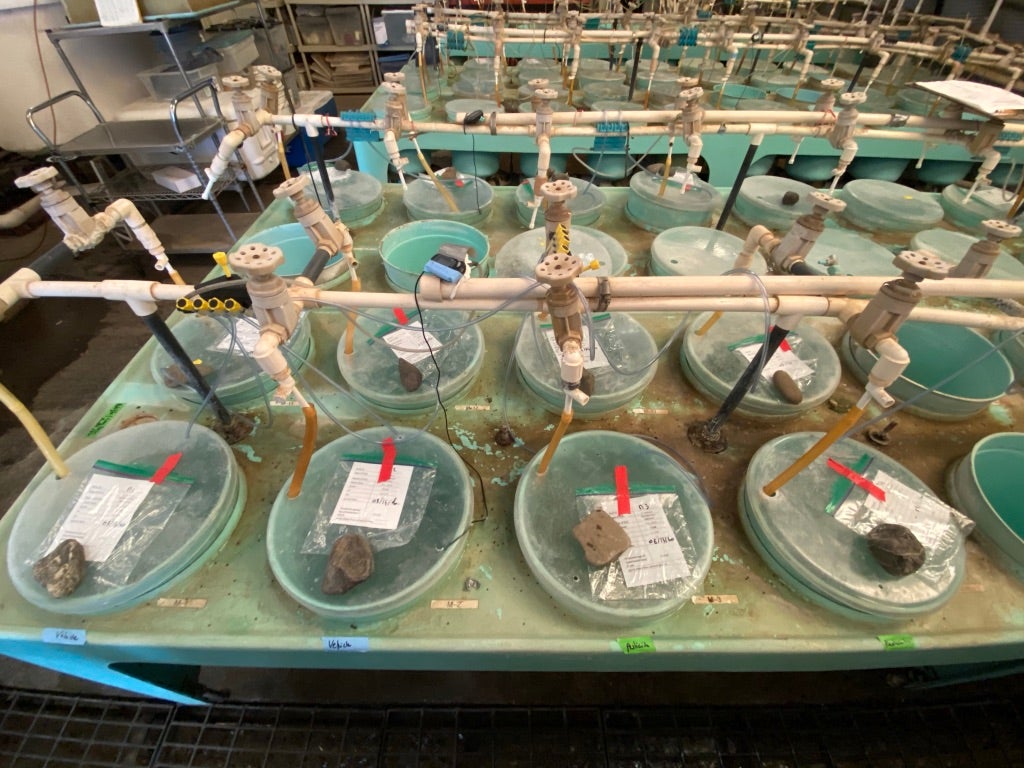
Here Salmon were preliminary exposed to an insecticide (Bifenthrin) followed by an bacterial challenge using Flavobacterieum columnare in the Aquatic Pathology Lab at the Center for Aquatic Biology and Aquaculture (CABA) (collaboration with Dr. Soto).
Previous research was focusing on evaluating mucosal immunity and microbial homeostasis in healthy and diseased bivalves on oysters (Crassostrea gigas and C. virginica) and clams (Mercenaria mercenaria) using proteomic and metagenomic approaches (in collaboration with the MADL, Stony Brook University).

C. virginica prior a bacterial injection in the adductor muscle using recombinant Vibrio parahaemolyticus, pathogen for human.
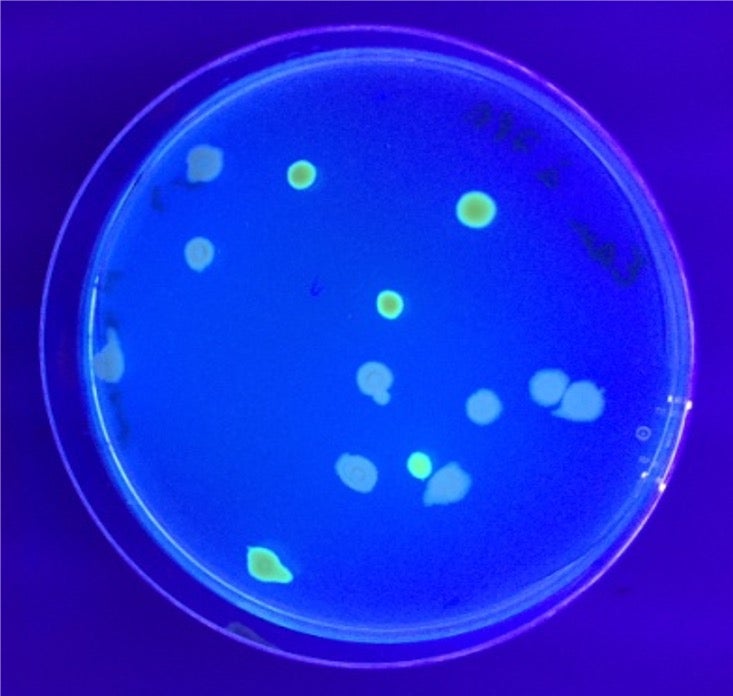
GFP and RFP recombinant Vibrio parahaemolyticus incubated at 37C